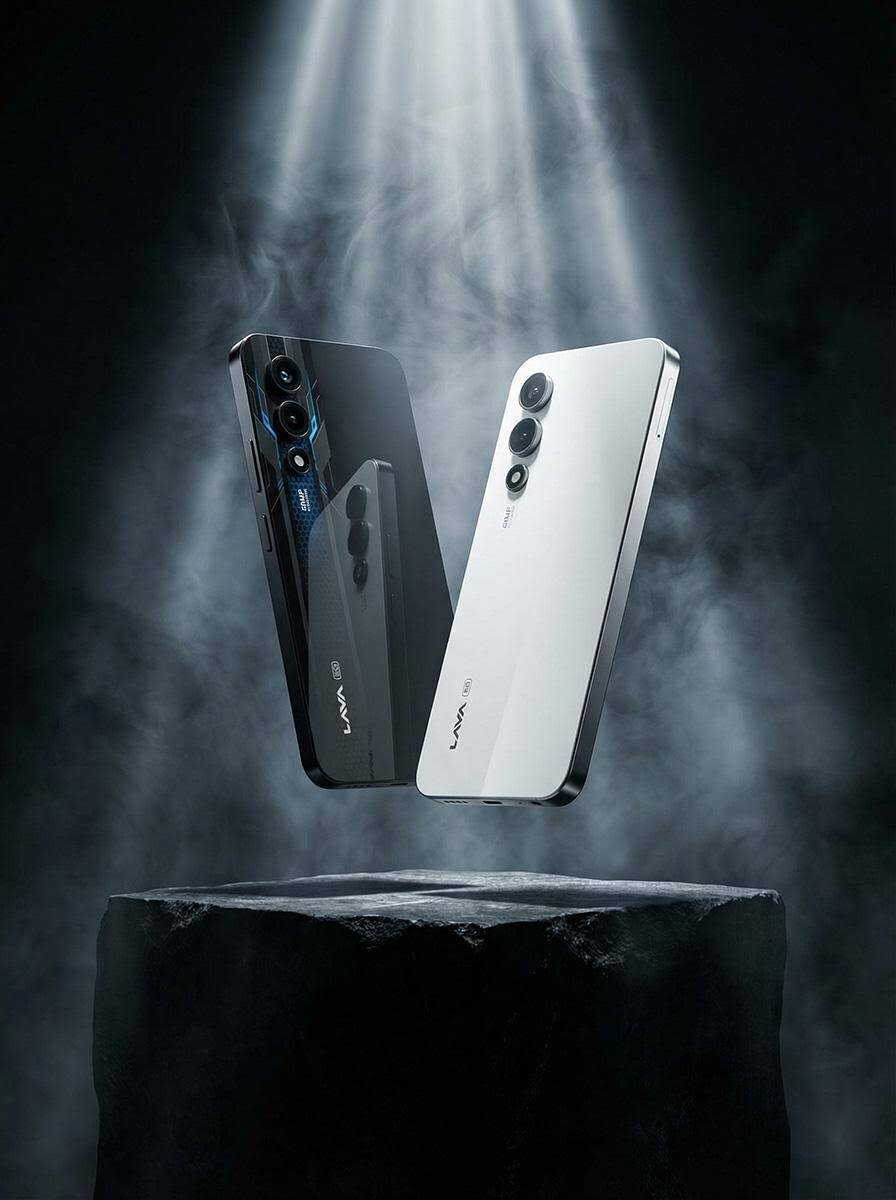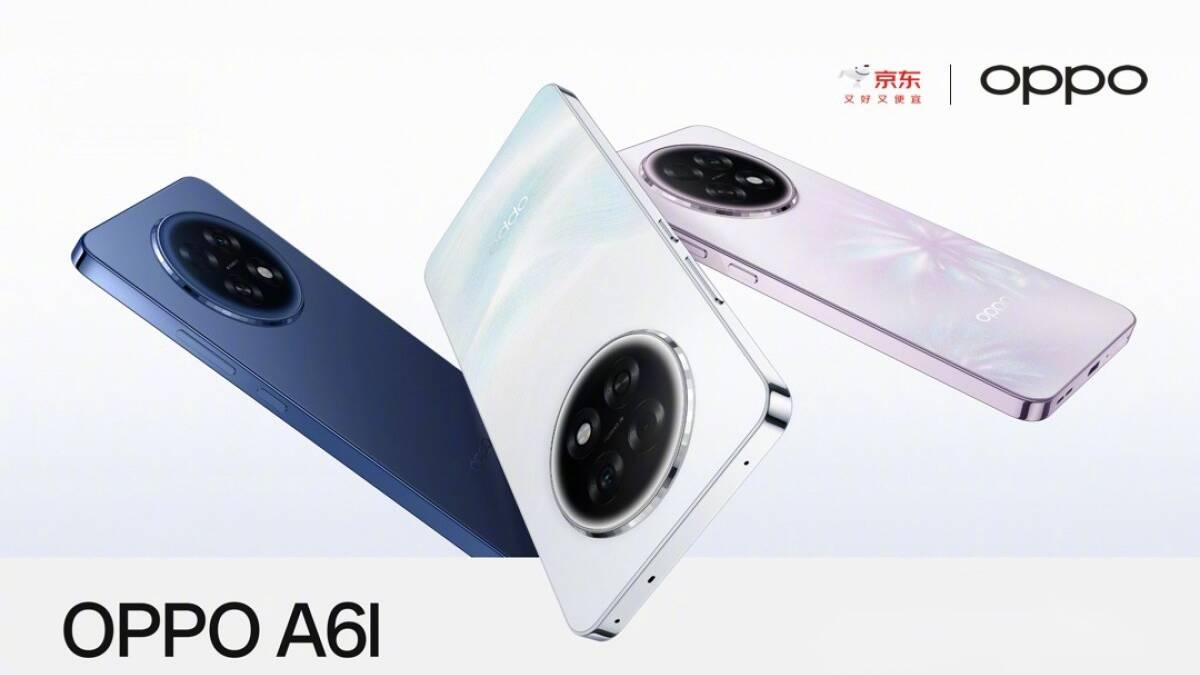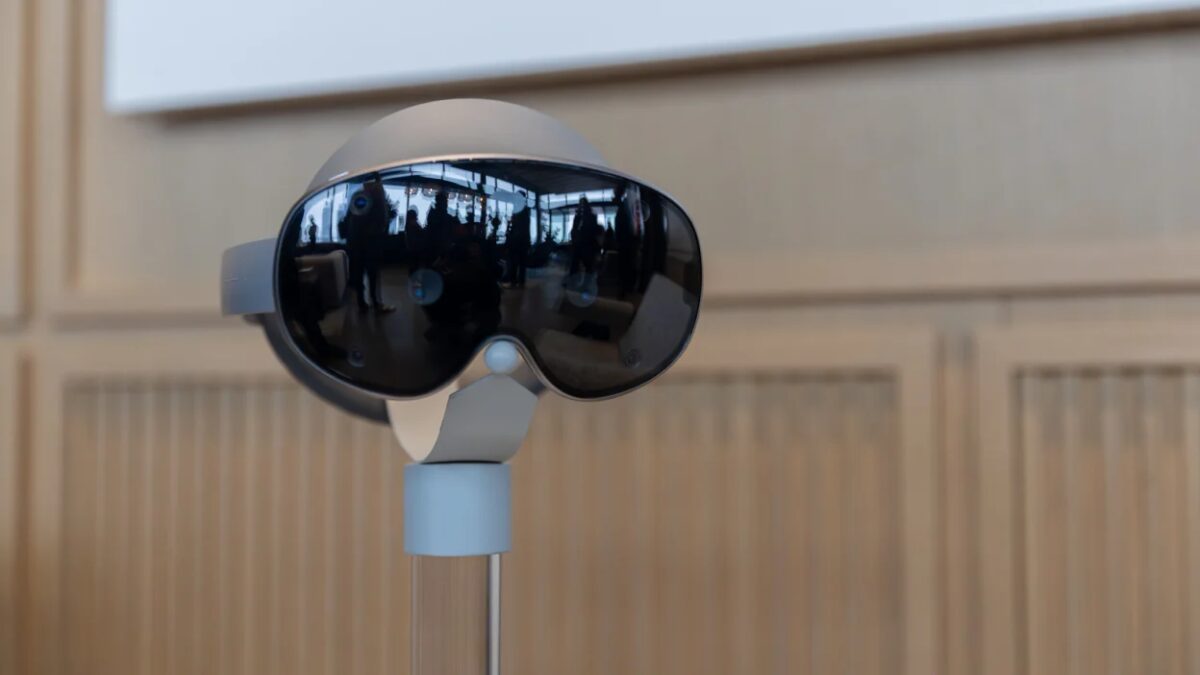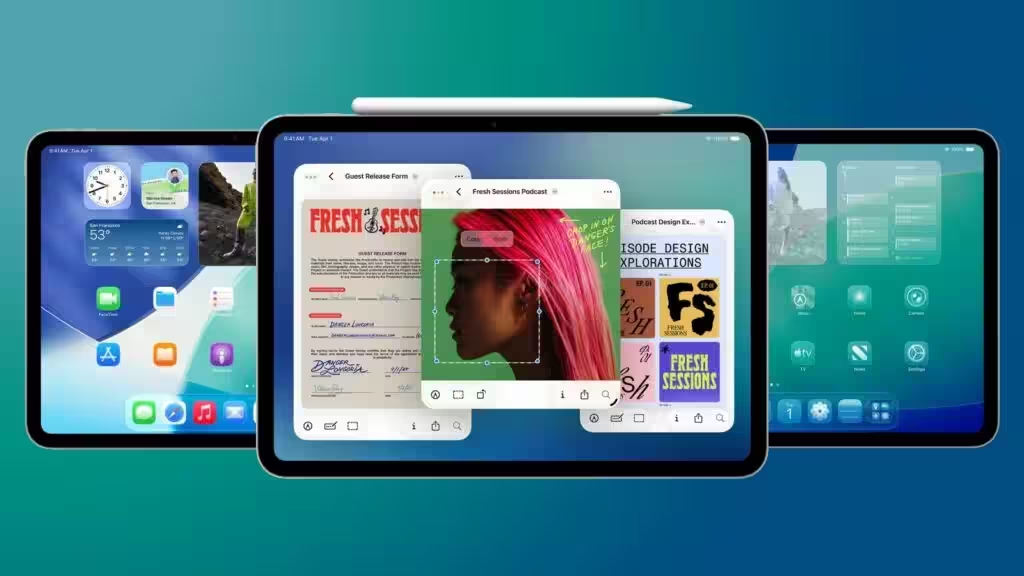MWC 2025: Smartphones with lenses. Xiaomi and Realme showed concepts with big cameras
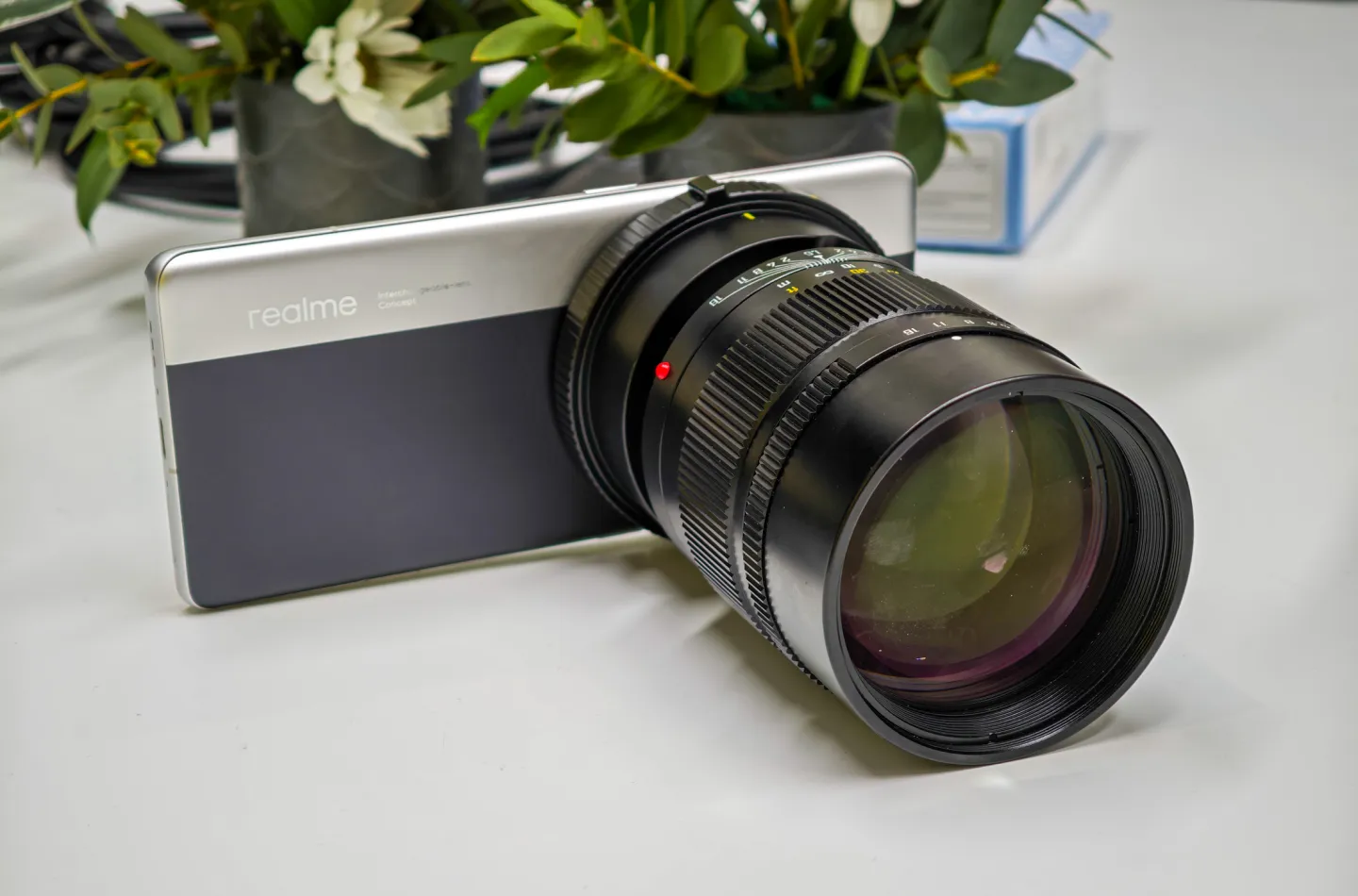
At Mobile World Congress 2025, Xiaomi and Realme showed off two concept devices that take a step towards professional photography. Their idea is to equip smartphones with full-size lenses, bringing mobile photography closer to the level of DSLRs. However, both approaches are not without their flaws.
Why do smartphone cameras keep getting bigger?
Every year manufacturers increase the size of the cameras in their phones: the Xiaomi 15 Ultra got a huge round module on the back, Nothing built a periscopic zoom into the Phone 3A Pro, and rumors hint that even Apple is preparing a massive camera unit for the iPhone 17 Pro. But why not go one step further and make the smartphone’s camera much bigger?”
Realme: a smartphone with a lens mount
Realme has unveiled a concept in which the phone gets a standard M-mount to mount interchangeable lenses. The system is based on a smartphone with two regular cameras and a third custom Sony type 1-inch sensor, which has no built-in lens and requires an external one.
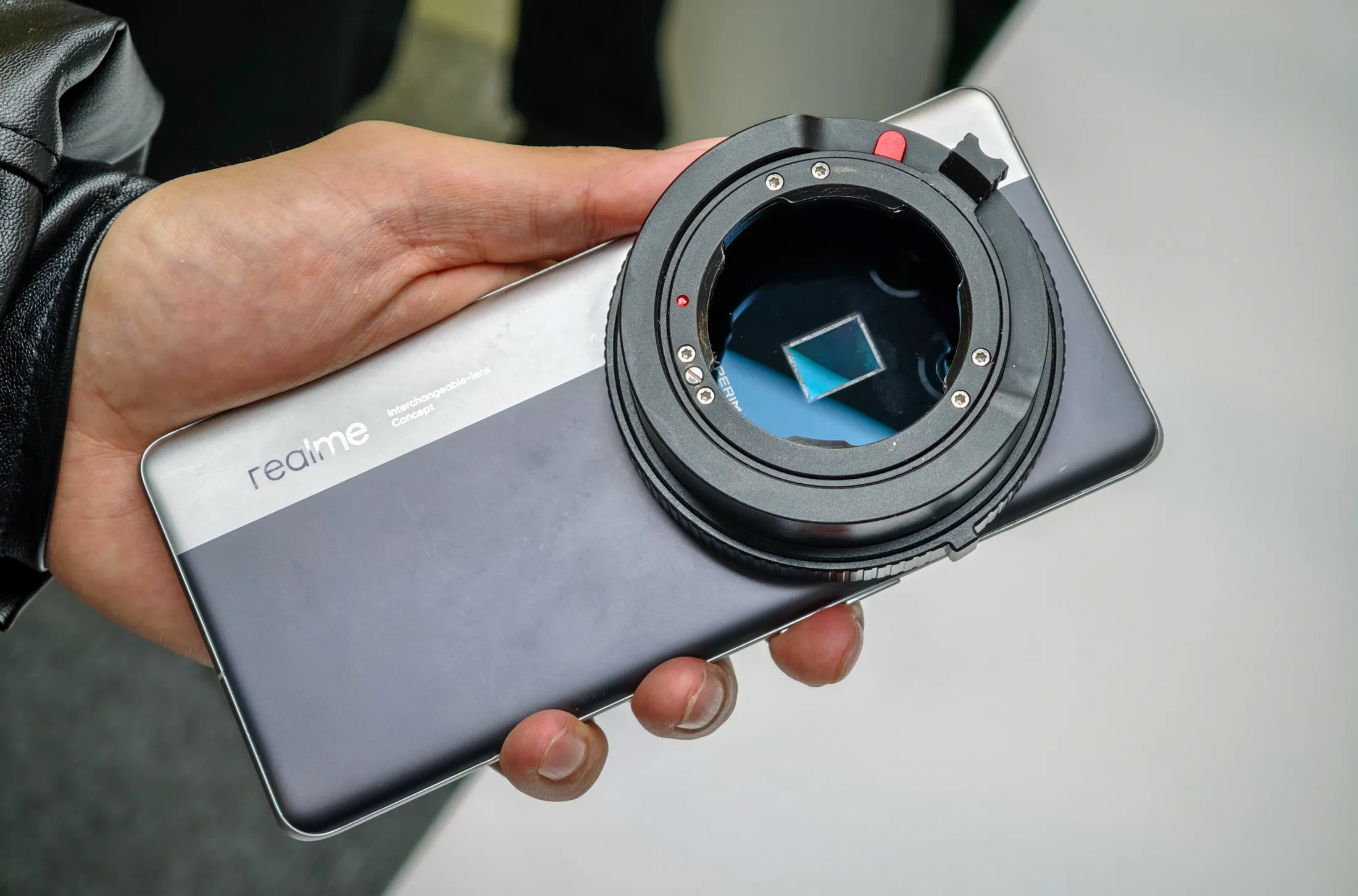
This is similar to the approach Xiaomi has already shown off with the 2022, as well as the Moment lenses that have long been sold as an addition to smartphone cameras. But in the case of the Realme, size matters: the phone supports large lenses, including a 73mm portrait lens and a 234mm telephoto lens.
The use of such a system, however, proved awkward. Due to the light weight of the smartphone, all the load is on the lens, making it difficult to balance. To hold the design, photographers have to grip the lens tightly with one hand while still being able to twist the zoom and focus rings.
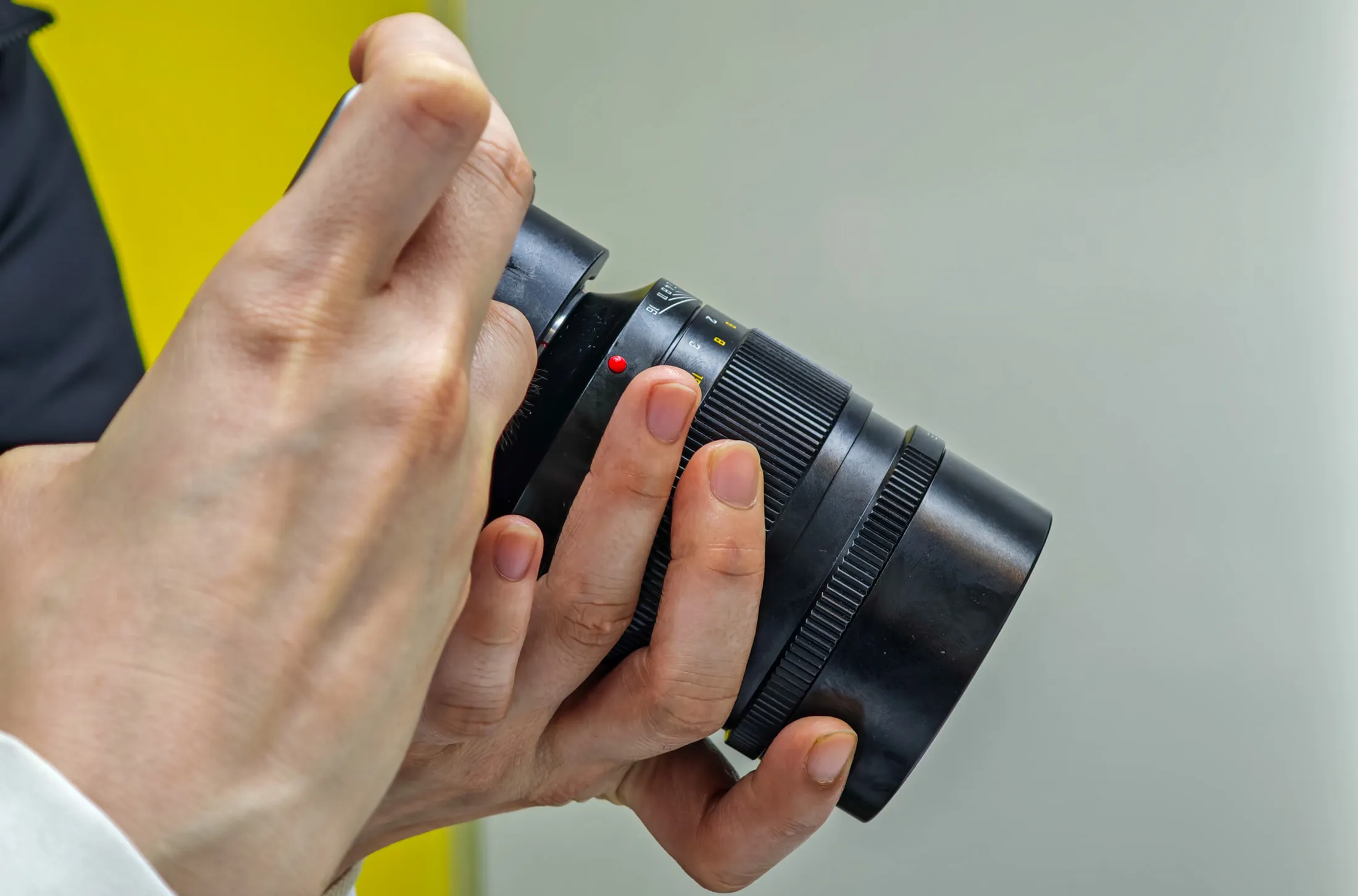
The lens mount itself is pretty bulky – it protrudes about a centimeter from the body, so even a compact “pancake” will look massive. Theoretically, the system is compatible with any M-mount lens, but Realme has customized the camera app for two specific variants, and the mount doesn’t support autofocus.
Xiaomi: modular camera with magnetic mount
Xiaomi has come up with a different concept that solves many of Realme’s problems, but creates its own. Its Modular Optical System uses a MagSafe-like magnetic mount with a separate optical system. The lens connects to a magnetic ring on the back of the device, and it contains its own sensor, which means it’s independent of the phone’s built-in camera capabilities.

This is similar to Sony’s old QX lineup, which included mini cameras that attached to a smartphone. However, Xiaomi has added a number of modern technologies. Xiaomi’s first lens is a 35mm f/1.4 with a 100-megapixel 4/3 format sensor, which is larger than any smartphone, including the Realme concept. That means better shooting quality and more light hitting the camera.
Additional contacts inside the magnetic ring allow data and power to be transferred through the 10Gbps LaserLink optical system. This allows the lens to support autofocus, unlike Realme’s all-mechanical mount. That said, Xiaomi has added manual focus as well.
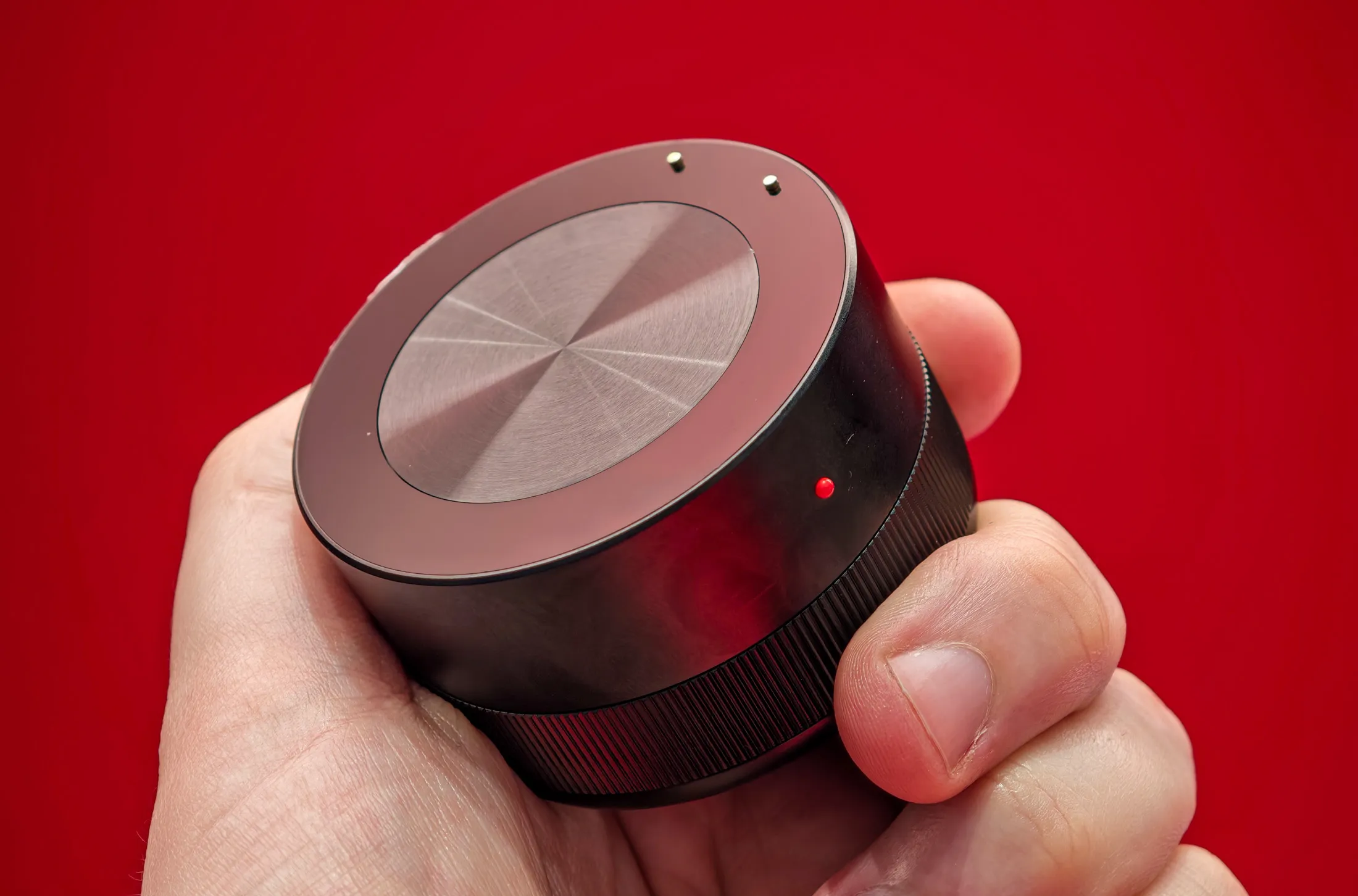
Another advantage is balancing. The lens mounts in the center of the device rather than on top of the main camera module, so the phone remains comfortable to shoot. The magnetic mount is strong enough: Xiaomi even asked journalists to turn the phone upside down and shake it while holding the lens – the system withstood.
What problems remain?
Although Xiaomi’s concept is more convenient, it too has limitations. The magnetic mount won’t be able to hold heavy telephoto lenses, so the idea of mounting 200mm or 300mm lenses is unlikely.
Another downside is the lack of compatibility. The technology is completely closed, and no one besides Xiaomi makes lenses with built-in sensors. That makes the system expensive and limits the choice of optics, which can put professional photographers off.
What about the quality of the pictures?”
It’s not yet possible to compare the image quality of these concepts – neither Xiaomi nor Realme gave journalists the opportunity to save shots. However, physics speaks for itself: large sensors and full lenses will always give better quality than built-in smartphone cameras.
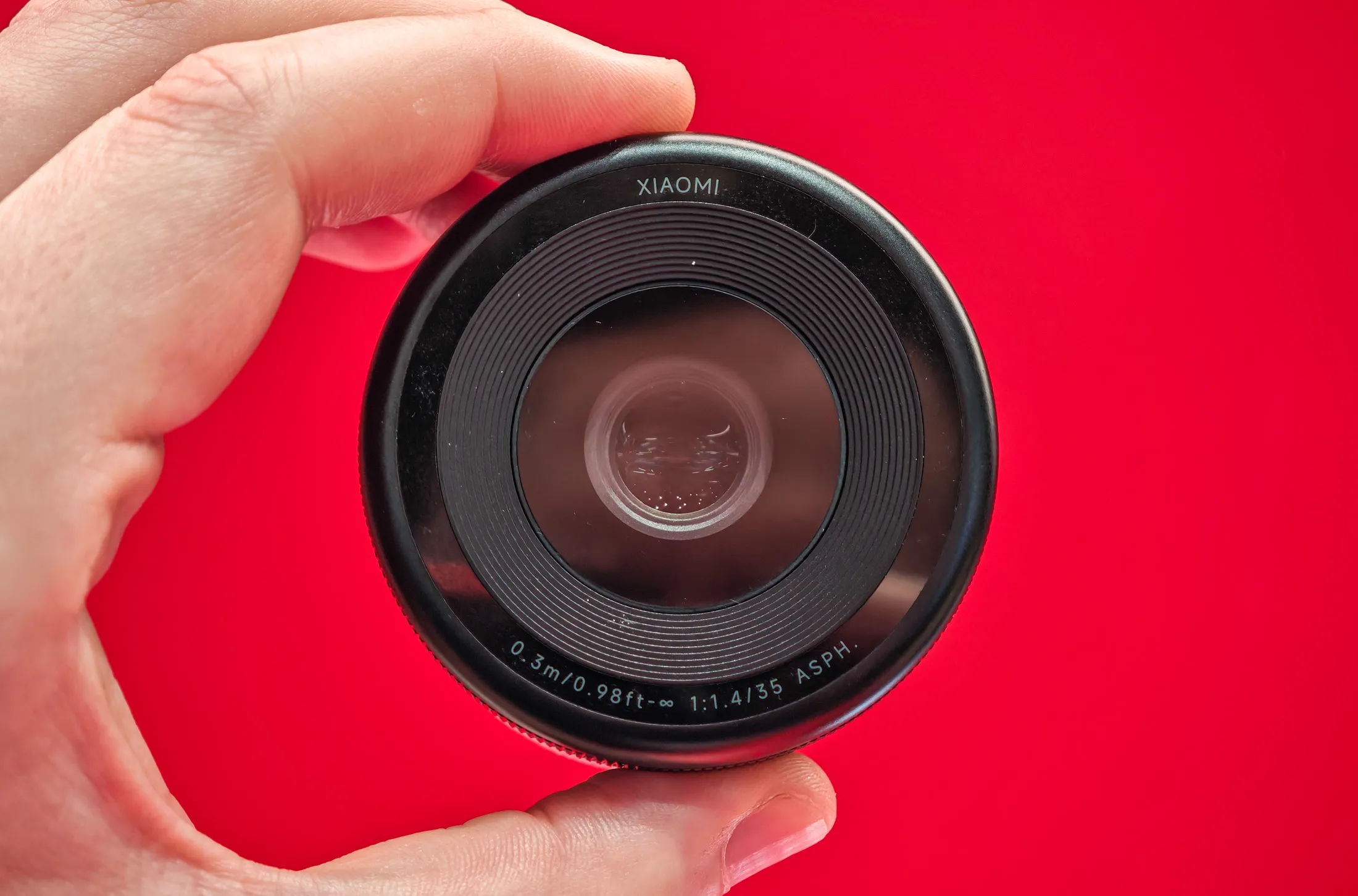
But the other question is: how convenient is it? Modern flagships like the Xiaomi 15 Ultra already offer DSLR-like quality without the need to carry around extra modules.

